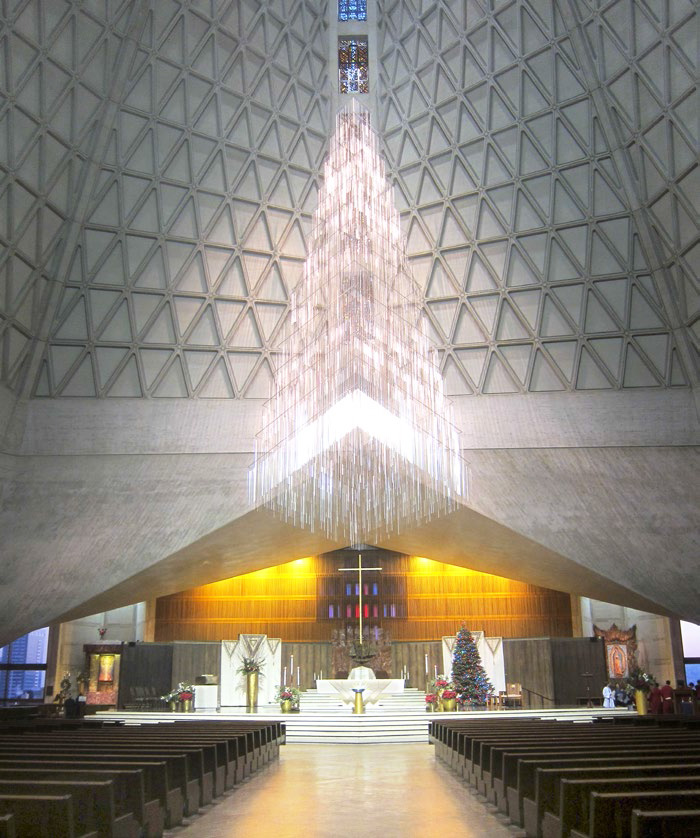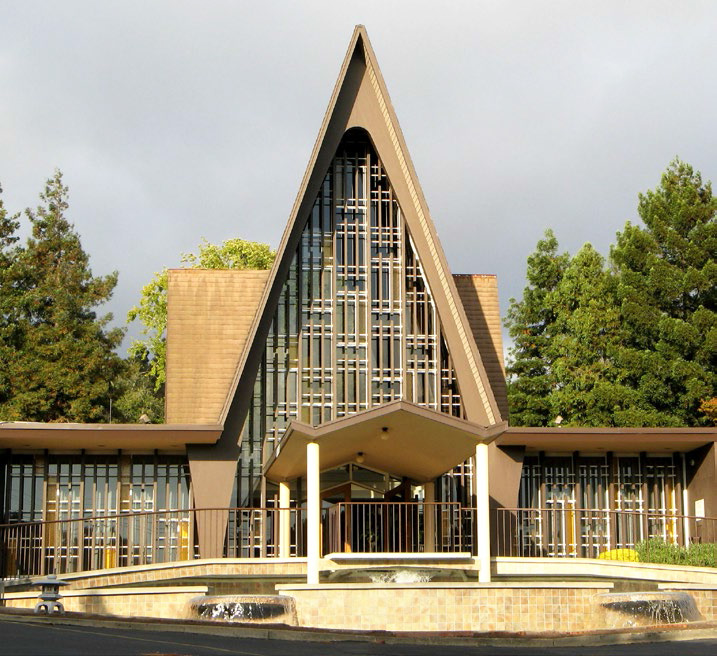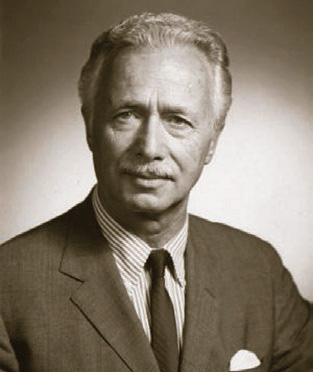When God Went Mod - Page 4
 |
|
|
 |
|
|
|
|
 |
|
|
|
|
The architecture of the church, like that of Gothic cathedrals, was designed to encourage "the emotional participation of the faithful in the liturgical celebration as they listened to the 'Word of the Lord,'" he wrote.
Aaron Green, who designed one unbuilt subdivision and some custom homes for Eichler, was a Frank Lloyd Wright protégé who designed several funerary chapels, Saint Elizabeth Seton Catholic Church in Pleasanton, and a remarkable columbarium in Oakland.
His design for the Chapel of the Chimes, in Oakland, combines an earlier neo-Gothic building by Julia Moran with Green's larger addition and rambling courtyards based on the Wrightian hexagon with stained glass and mosaic décor. Most remarkable, though, is how many of the chapel-like spaces are roofless, with the flow between exterior and interior space seamless.
Elsewhere in the Bay Area some of the finest sanctuaries were designed by an architect who was avowedly religious, Warren Callister.
His Mills College Chapel, with its undulating walls of warm wood and a freestanding pipe organ for a sculptural centerpiece, is a perfect representation of rustic yet imaginative Bay Tradition modern.
Callister's last project, a church near Santa Cruz that he was working on until his death in 2008, employed a form popular with modernists worldwide—a freeform curve, in this case a catenary curve that suggested waves on the nearby beach and to "a tent for gathering of people."
Gothic churches have been reimagined many times as glass-walled modern sanctuaries. In El Cerrito the chapel of Sunset View Cemetery by architect William Corlett is fronted by a steep, quasi Gothic A-frame in-filled with abstract stained glass.
An entirely different mood is evoked at the Catholic chapel Newman Center in Berkeley, a 1960s design by Mario Ciampi, in a style termed 'Brutalist.' It has thick concrete walls, foreboding to some, and an interior darkness broken up by unexpected pathways for exterior light.
Yet another reason modernism succeeded as an architecture for churches has to do with the architects. Many of the country's most imaginative architects saw a chance to really shine.
Churches have always been daring and dramatic, cutting edge, and structurally innovative. And they have always told stories in stone and brick and glass.




